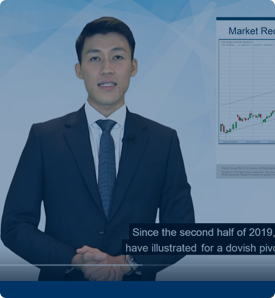Investment objective
Table of Contents
Investment objective
By investing in a portfolio of UK securities, funds seek to generate income and capital gains. The fund will aim to achieve this by investing primarily in large and medium-sized companies. The fund can also invest in foreign stocks and smaller companies. The fund will be managed with a view to achieving long-term capital growth.
An individual’s investment objective defines investing ideas to support the achievement of an individual’s financial goals. This aim is often centered on one of four techniques: income, growth and income, growth, or trading. An investor’s time horizon and risk tolerance influence an investing objective.
A financial adviser representative uses an investment objective to determine the best course for accomplishing the client’s objectives. It could be good for an investor to retake the objective investing survey and rebalance the assets in a portfolio if their financial situation or goals change.
What is an investment objective?
An investment objective is a statement that outlines what an investor hopes to achieve with his investment portfolio. This could include generating income, preserving capital, or growing his assets. Investment objectives can be short-term or long-term, and they can be specific to an individual investor or a group of investors.
Types of investment objectives
There are many different types of investment objectives that investors may have. Some common objectives include:
- Capital appreciation
Capital appreciation refers to the goal of growing the value of one’s investment portfolio.
- Income generation
Income generation refers to the goal of generating regular income from investments.
- Risk reduction
Risk reduction refers to minimising the volatility of one’s investment portfolio.
- Diversification
Diversification refers to the goal of spreading one’s investment risk across several different asset classes.
Every investor will have unique investment objective based on his financial goals and circumstances. It is important for investors to clearly define their objectives before making any investment decisions. Otherwise, they may make poor investment choices that will not align with their goals and can be risky.
How to choose an investment objective?
When choosing an investment objective, you must first consider your goals. Are you looking to grow your wealth over the long term or generate income in the short term? You may begin to reduce your selections after you are clear on your objectives.
Before making a choice, it is crucial to perform your research because there are many different investment objectives to pick from. To gain assistance in determining your best investment aim, you should consult a finance professional.
For instance, consider these when forming an investment objective:
- What are your goals?
- What is your investment time frame?
- What is the level of risk you are ready to accept?
- What is your investment budget?
Answering these questions will help you to form a clear and concise investment objective. Without a well-defined investment objective, making informed investment decisions and achieving your financial goals won’t be easy.
Importance of investment objectives
The investment objective is a critical component of the investment process. It provides the framework within which the investment decision is made, and the investment strategy is implemented.
The investment objective defines the investor’s goals and objectives and provides the basis for developing the investment strategy. Having a clear and well-defined investment objective is important, as it will help ensure that the investment strategy is aligned with the investor’s goals.
The investment objective should be realistic and achievable and consider the investor’s risk tolerance and time horizon. It is also important to review and update the investment objective as needed to ensure that it remains relevant and achievable.
How to find an investment objective?
One way to find an investment objective is to work with a financial advisor. A financial expert can help you assess your goals and objectives and create a plan to help you reach those goals.
Another way to find an investment objective is to do your research. Several resources available online and in libraries can help you learn about investing. You can also speak with friends or family members who may have experience with investing.
Once you have a better grasp and understanding of your investment options, you can then begin to develop your investment objectives.
Frequently Asked Questions
An investment objective is a statement of what investors want to achieve. It can be short-term, such as generating income, or long-term, such as capital appreciation. Breaking down an investment objective means analyzing it to develop a plan to achieve it. This process typically involves setting goals, researching investment options, and estimating risks and returns.
Investment objective growth is the increase in the value of an investment over time. The rate of return on the investment is typically higher than the inflation rate, meaning that the investment grows in real terms. Over the long term, growth investments tend to outperform other investments, such as bonds and cash.
Investment objective income is to provide a consistent income stream while preserving capital. This can be achieved through investing in various income-producing assets, such as bonds, dividend-paying stocks, and real estate. A well-diversified portfolio can provide a higher degree of income stability and help to protect against inflation.
An investment objective statement is a document that outlines an investor’s goals and objectives for his portfolio. The statement should be clear and concise and outline what the investor wants to achieve with his investments. The investment statement may serve as a guide for selecting investments and aid in keeping investors focused on his objectives.
Forming an investment objective is critical to successful investing. An investment objective is a statement of what an investor hopes to achieve. It should be specific, measurable, achievable, relevant, and time-bound.
Additionally, your investing objective should consider elements like capital gain or the amount of income you hope to accomplish and the reason behind it. When creating an investment objective, you should also consider your level of risk tolerance.
Related Terms
- Margin Requirement
- Pledged Asset
- Stochastic Oscillator
- Prepayment risk
- Homemade leverage
- Prime bank investments
- ESG
- Capitulation
- Shareholder service fees
- Insurable Interest
- Minority Interest
- Passive Investing
- Market cycle
- Progressive tax
- Correlation
- Margin Requirement
- Pledged Asset
- Stochastic Oscillator
- Prepayment risk
- Homemade leverage
- Prime bank investments
- ESG
- Capitulation
- Shareholder service fees
- Insurable Interest
- Minority Interest
- Passive Investing
- Market cycle
- Progressive tax
- Correlation
- NFT
- Carbon credits
- Hyperinflation
- Hostile takeover
- Travel insurance
- Money market
- Dividend investing
- Digital Assets
- Coupon yield
- Counterparty
- Sharpe ratio
- Alpha and beta
- Investment advisory
- Wealth management
- Variable annuity
- Asset management
- Value of Land
- Investment Policy
- Investment Horizon
- Forward Contracts
- Equity Hedging
- Encumbrance
- Money Market Instruments
- Share Market
- Opening price
- Transfer of Shares
- Alternative investments
- Lumpsum
- Derivatives market
- Operating assets
- Hypothecation
- Accumulated dividend
- Assets under management
- Endowment
- Return on investment
- Investments
- Acceleration clause
- Heat maps
- Lock-in period
- Tranches
- Stock Keeping Unit
- Real Estate Investment Trusts
- Prospectus
- Turnover
- Tangible assets
- Preference Shares
- Open-ended investment company
- Standard deviation
- Independent financial adviser
- ESG investing
- Earnest Money
- Primary market
- Leveraged Loan
- Transferring assets
- Shares
- Fixed annuity
- Underlying asset
- Quick asset
- Portfolio
- Mutual fund
- Xenocurrency
- Bitcoin Mining
- Option contract
- Depreciation
- Inflation
- Cryptocurrency
- Options
- Asset
- Reinvestment option
- Capital appreciation
- Style Box
- Top-down Investing
- Trail commission
- Unit holder
- Yield curve
- Rebalancing
- Vesting
- Private equity
- Bull Market
- Absolute Return
- Leaseback
- Impact investing
- Venture Capital
- Buy limit
- Asset stripper
- Volatility
- Annuity
- Sustainable investing
- Face-amount certificate
- Lipper ratings
- Investment stewardship
- Average accounting return
- Asset class
- Active management
- Breakpoint
- Expense ratio
- Bear market
- Annualised rate of return
- Hedging
- Equity options
- Dollar-Cost Averaging (DCA)
- Due Diligence
- Contrarian Investor
Most Popular Terms
Other Terms
- Physical ETF
- Initial Public Offering
- Buyback
- Secondary Sharing
- Bookrunner
- Notional amount
- Negative convexity
- Jumbo pools
- Inverse floater
- Forward Swap
- Underwriting risk
- Reinvestment risk
- Final Maturity Date
- Payment Date
- Secondary Market
- Mark-to-market
- Yield Pickup
- Subordinated Debt
- Trailing Stops
- Treasury Stock Method
- Bullet Bonds
- Basket Trade
- Contrarian Strategy
- Exchange Control
- Notional Value
- Relevant Cost
- Dow Theory
- Speculation
- Stub
- Trading Volume
- Going Long
- Pink sheet stocks
- Rand cost averaging
- Sustainable investment
- Stop-limit sell order
- Economic Bubble
- Ask Price
- Constant prepayment rate
- Covenants
- Stock symbol
- Companion tranche
- Synthetic replication
- Bourse
- Beneficiary
- Witching Hour
- Widow and Orphan stock
- Public Float
- Closing Price
- Reverse stock splits
- Quiet period
Know More about
Tools/Educational Resources
Markets Offered by POEMS
Read the Latest Market Journal

Back in Business: The Return of IPOs & Top Traded Counters in March 2024
Start trading on POEMS! Open a free account here! At a glance: Major indices continue...
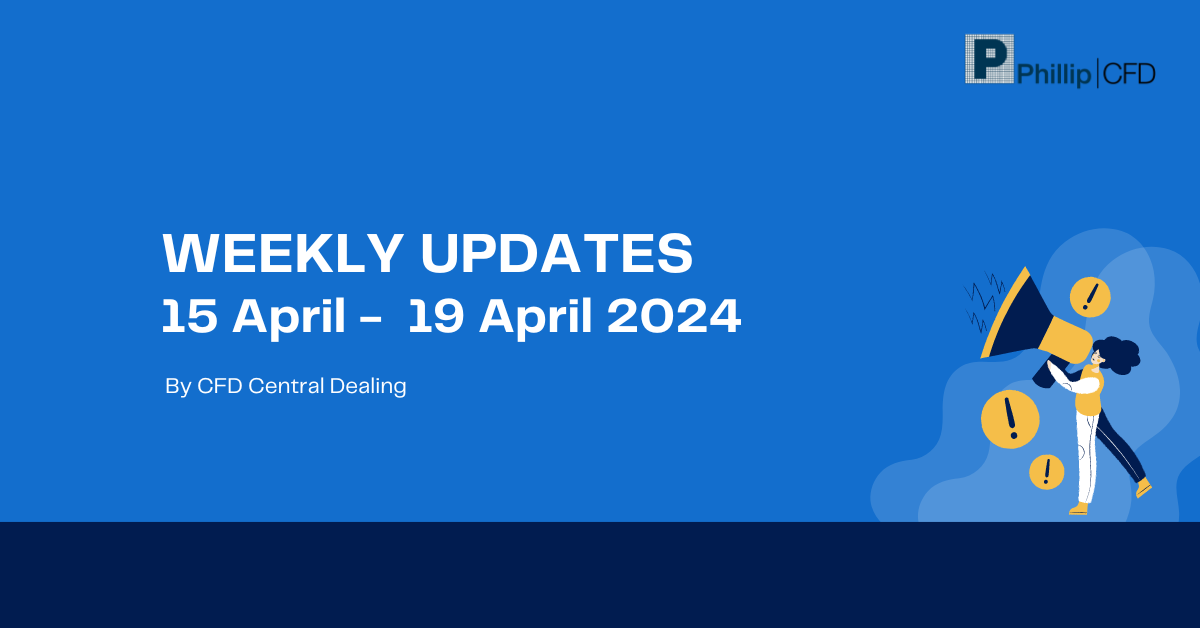
Weekly Updates 15/4/24 – 19/4/24
This weekly update is designed to help you stay informed and relate economic and company...
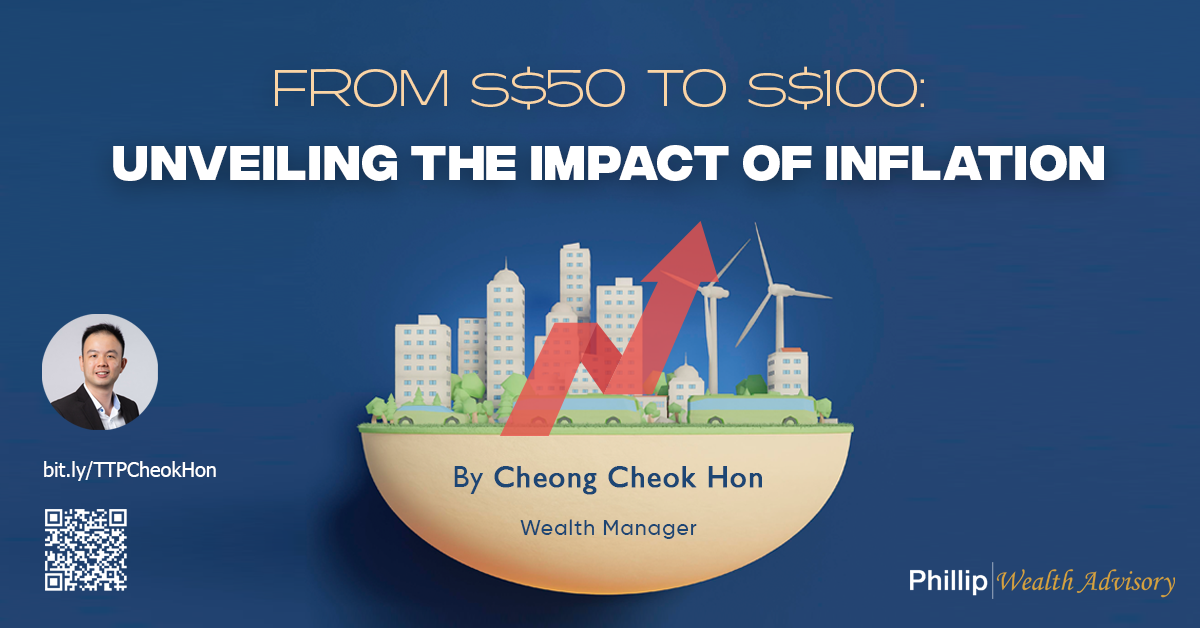
From $50 to $100: Unveiling the Impact of Inflation
In recent years, inflation has become a hot topic, evoking strong emotions as the cost...

Japan’s Economic Resurgence: Unveiling the Tailwinds Behind Nikkei 225’s Record Leap
Source: eSignal, Intercontinental Exchange, Inc. In the heart of Japan’s economic landscape, the Nikkei 225...
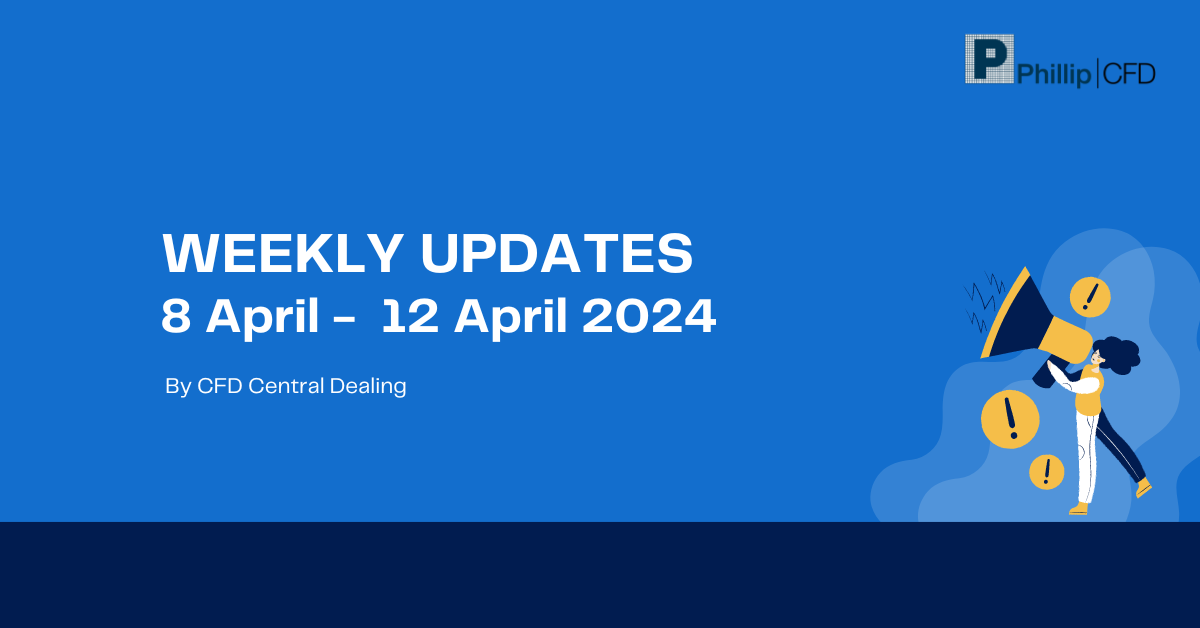
Weekly Updates 8/4/24 – 12/4/24
This weekly update is designed to help you stay informed and relate economic and...

What Makes Forex Trading Attractive?
In a world where the click of a button can send goods across oceans and...
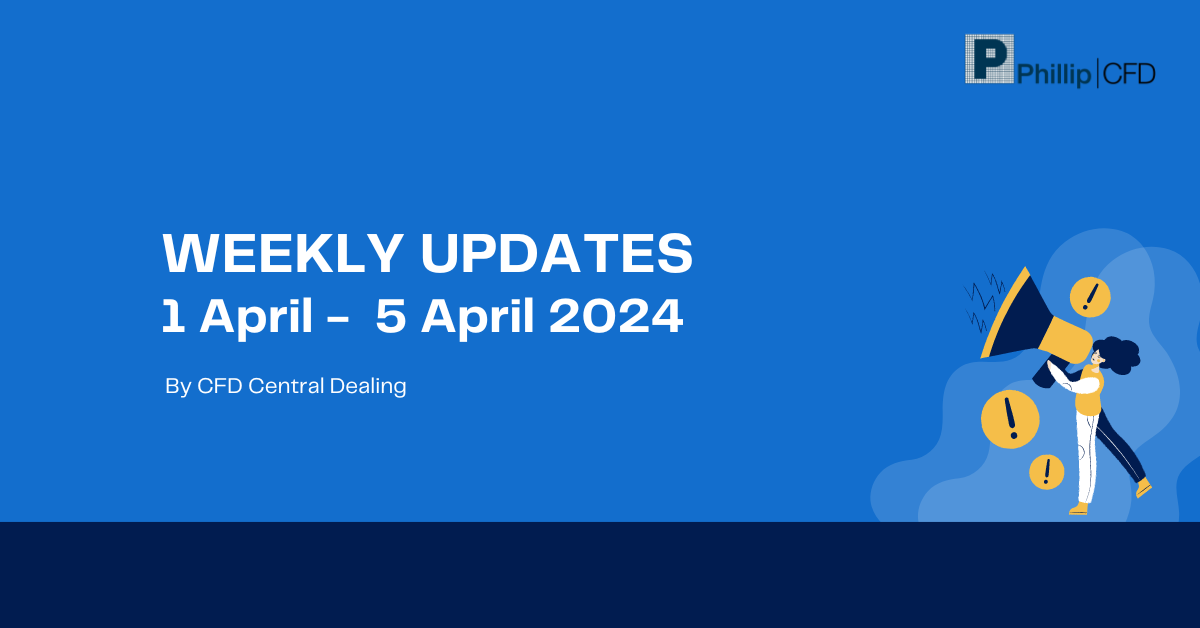
Weekly Updates 1/4/24 – 5/4/24
This weekly update is designed to help you stay informed and relate economic and company...

How to soar higher with Positive Carry!
As US Fed interest rates are predicted to rise 6 times this year, it’s best...










